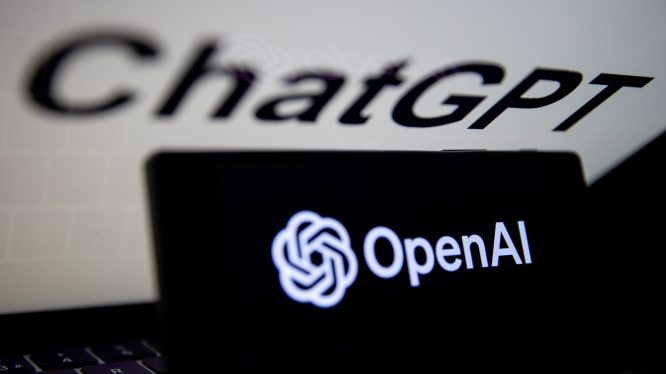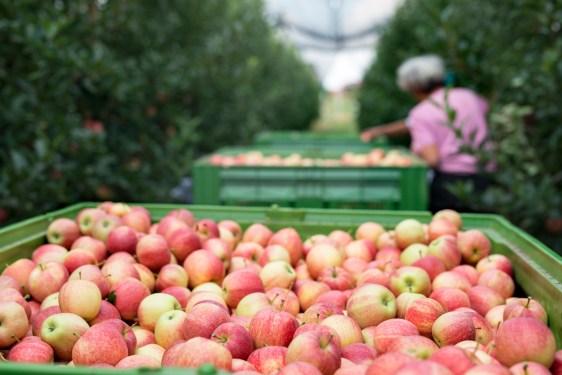On December 5, 2024, YouTuber Marques Brownlee revealed the news of Sora’s launch in a video published to his channel. Brownlee obtained early access to Sora and shared his initial impressions of the platform in a 15-minute review.
What is Sora?
Sora lives on www.sora.com, where users can find a scroll of recently generated videos curated by OpenAI. This is not a part of ChatGPT, but rather its own separate experience for now.
Key Features
- Bookmarking and Organization: Videos on the Sora homepage can be bookmarked for later viewing to a ‘Saved’ tab, organized into folders, and clicked on to see which text prompts were used to create them.
- Image and Prompt-based Generation: Sora can generate videos from uploaded images as well as prompts, according to Brownlee.
- Video Editing: Sora can edit existing Sora-originated videos.
- Re-mix Feature: Using the ‘Re-mix’ feature, users can describe changes they want to see in a video and Sora will attempt to incorporate these in a newly generated clip. The ‘strength’ setting allows users to specify how drastically they want Sora to change the target video.
Performance Issues
Sora suffers from the same flaws as other generative tools out there, namely issues related to object permanence. In Sora videos, objects pass in front of each other or behind each other in ways that don’t make sense, and disappear and reappear without any reason. Legs are another major source of problems for Sora, Brownlee said. Any time a person or animal with legs has to walk for a long while in a clip, Sora will confuse the front legs and back legs.
Safeguards and Limitations
Sora has a number of safeguards built in, Brownlee said, including:
- Age Restrictions: Prohibits creators from generating footage showing people under the age of 18.
- Violence and Explicit Content: Prevents videos containing violence or ‘explicit themes.’
- Copyright Infringement: Does not generate videos that might infringe on a third party’s copyright.
Limitations
Sora won’t generate videos from images with public figures, recognizable characters, or logos. Each video is also watermarked, albeit with a visual watermark that can be easily cropped out.
Use Cases for Sora
Brownlee found it to be useful for:
- Generating Video Content: Creating content for YouTube, social media, or other platforms.
- Editing and Refining Videos: Editing existing videos and refining them using the Re-mix feature.
Conclusion
Sora is an exciting new platform from OpenAI that allows users to generate, edit, and refine video content. While it has its limitations and performance issues, Sora shows great potential for creators and businesses looking to produce high-quality video content efficiently.



